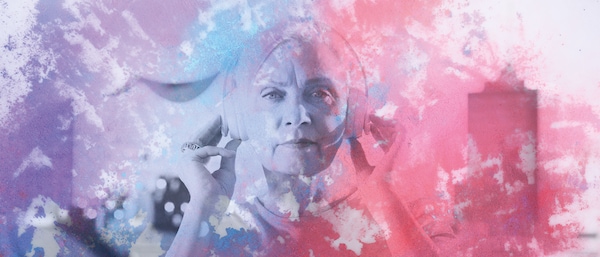Everyday superheroes
Synaesthetes experience the world in a more intense and full-on way than the rest of us.
Some people are born with an unusual superpower: they experience the world more intensely than the rest of us. Synaesthesia is the scientific name for a phenomenon that allows people to see sounds as colours.
Whenever Anja Huwe finds herself hankering for the sea and seafarers, a sense of the wide blue yonder and the smell of fresh fish, where does she go? New York of course! “That’s what New York is to me: fresh fish! Glistening, silver, scaly fish. It smells of salt water, the morning sun, wind, old paving and the rustling of ice. And it has the consistency of fresh oysters – the subtle aroma of fresh sushi, noodles with lobster and crabs.”
Perhaps that sounds a little different to the last time you visited New York? That might be down to the fact that, unlike Anja, you’re not a synaesthete. This bubbly native of Hamburg is one of an estimated four percent of all people who experience the world in a more intense and colourful way than the rest of us. This is all thanks to a kind of innate superpower. In a synaesthete’s brain, stimulation of one sensory organ leads to the involuntary stimulation of a second sensory organ that would normally act separately. This phenomenon is known as “hyperconnectivity” and can result in synaesthetes experiencing sounds as colours, seeing foods as specific geometric shapes, or even associating places with a particular taste. Like New York and fresh fish!
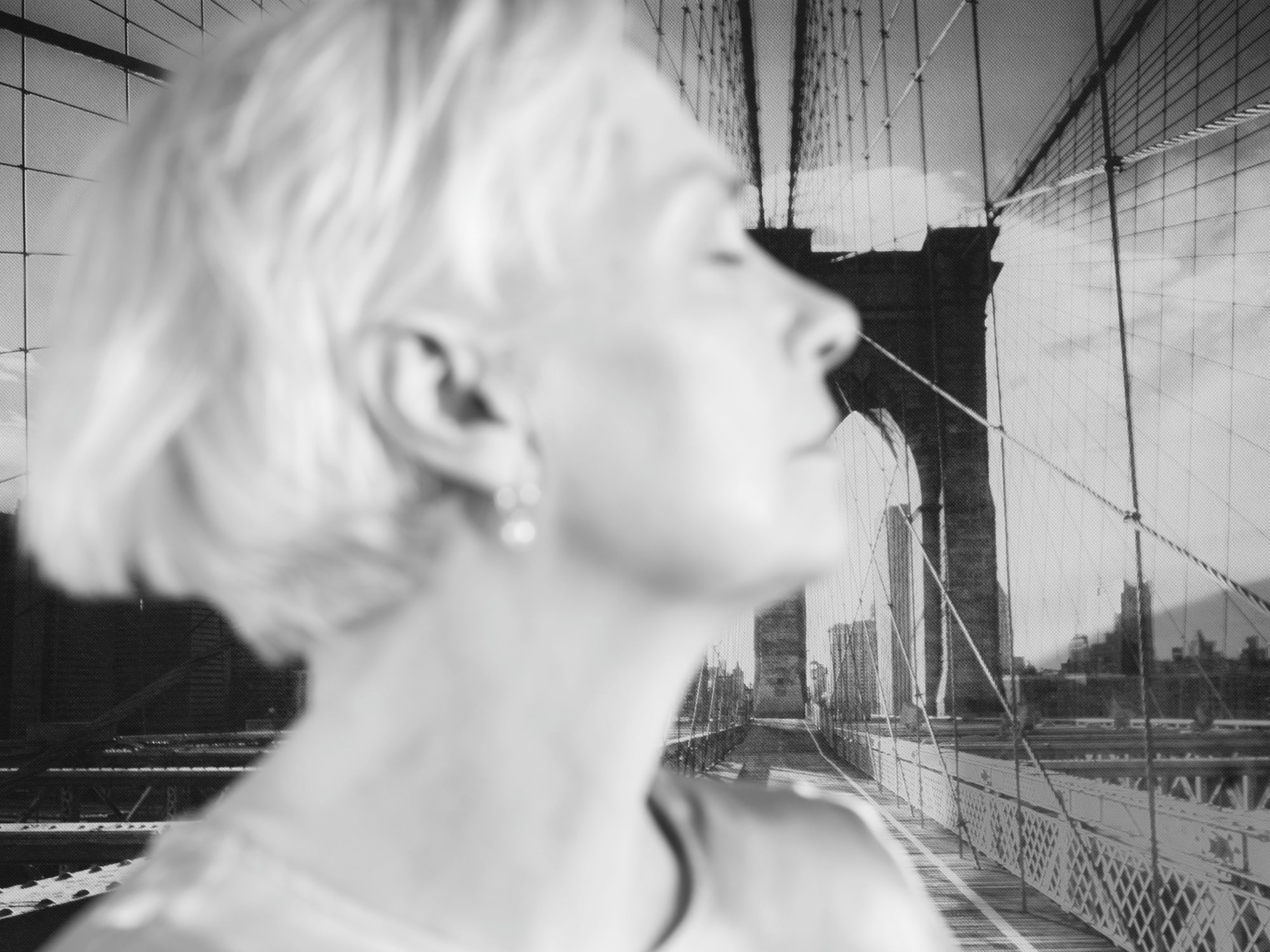
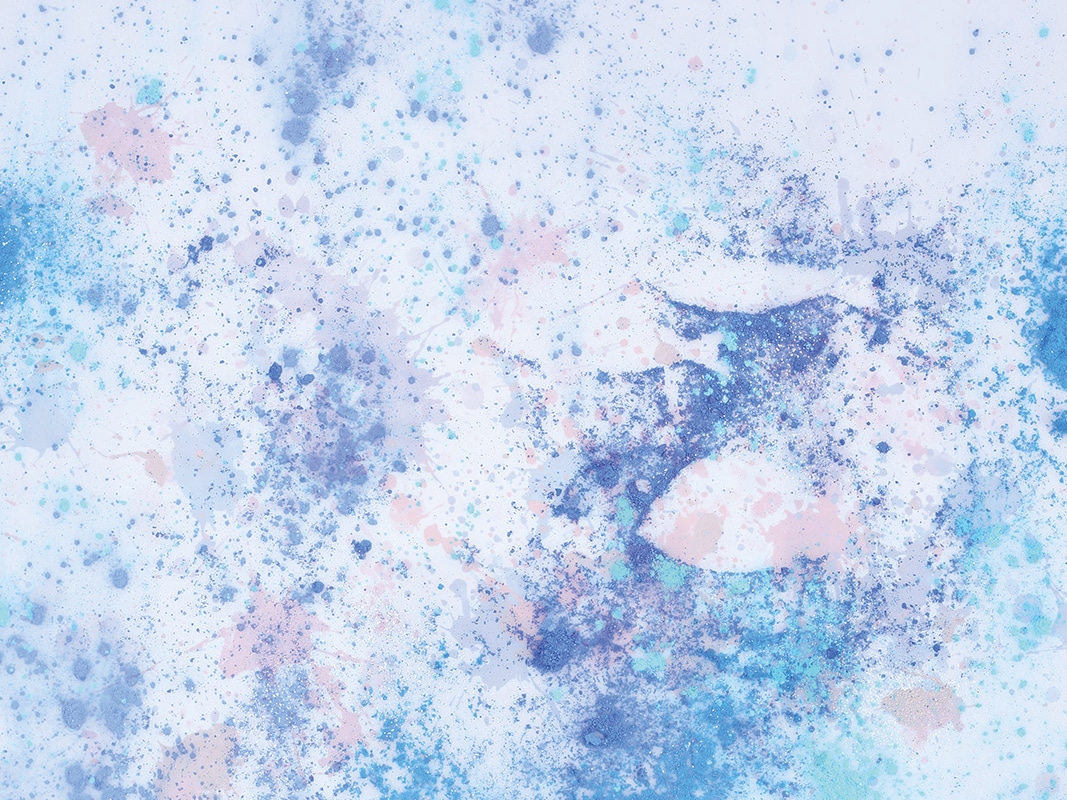
But Anja doesn’t have to travel to New York to stimulate her senses – her whole life is one big sensory experience. “Tuesdays and the number 5 are both red, the word ‘secret’ too”, she explains. “August is yellow and red. Threes are blue, and so are March and Thursdays. My boyfriend smells green, just like the number 7 and Fridays. Saturdays and Sundays range from white to yellow, as does the number 24. Even numbers are usually warm colours, odd ones tend to be cold”, explains the Hamburg artist, as though it’s the most natural thing in the world. And for her it is. Anja Huwe, known to many music fans as the former lead singer of eighties post-punk pioneers Xmal Deutschland, has never known anything different – and when something is normal for you, you tend to assume it’s normal for everyone else.
Help from Simple Minds
“I’ve always found it difficult to remember things”, says Anja. “So I often used to say to the other band members that we should play the red song, or the blue one. Then they would ask what the hell I was talking about. They thought I was talking gibberish.” Many red and blue band rehearsals later, she finally got some help from an unexpected source: “At that time, we were under the same management as Simple Minds. They were at their peak then, and one day someone said to me: "Their guitarist has exactly the same thing!". So Anja started talking to Charlie Burchill and for the first time discovered that someone else experienced things in the same way. It was a liberating experience – and it encouraged her to start looking for other people like her.


“I discovered that it’s not that unusual, but actually quite common”, says Anja. The latest research suggests that there are up to 80 different types of synaesthesia, that they typically develop during childhood and are probably hereditary. And although Anja isn’t aware of any other cases in her own family, it came as no great surprise when an artist friend told her that synaesthetes often tend to be highly creative. For example, it is said that Franz Liszt (1811-1886) once asked the members of the orchestra to play “a little bluer” during a rehearsal. If Anja had been a member of Liszt’s orchestra at the time, she might have spared herself a few misunderstandings.
How painting changed everything
But who knows – then she might not have become a painter. The fact that she could hear colours was one thing, but as soon as she began applying them to a canvas, she really started to appreciate what it means to be a synaesthete: “I found that, for me, music and colours are inextricably linked. It was like discovering a language that expressed my inner voice. I could finally depict what was going on in my head.” Judging by her paintings, there is plenty going on. Glowing spots and colourful pixels combine to form fascinating, kaleidoscopic structures. It’s possible to read a lot into them, but you don’t have to: “Everyone sees what they want to see. But what they really mean – that’s my secret”, says Anja with a smile.
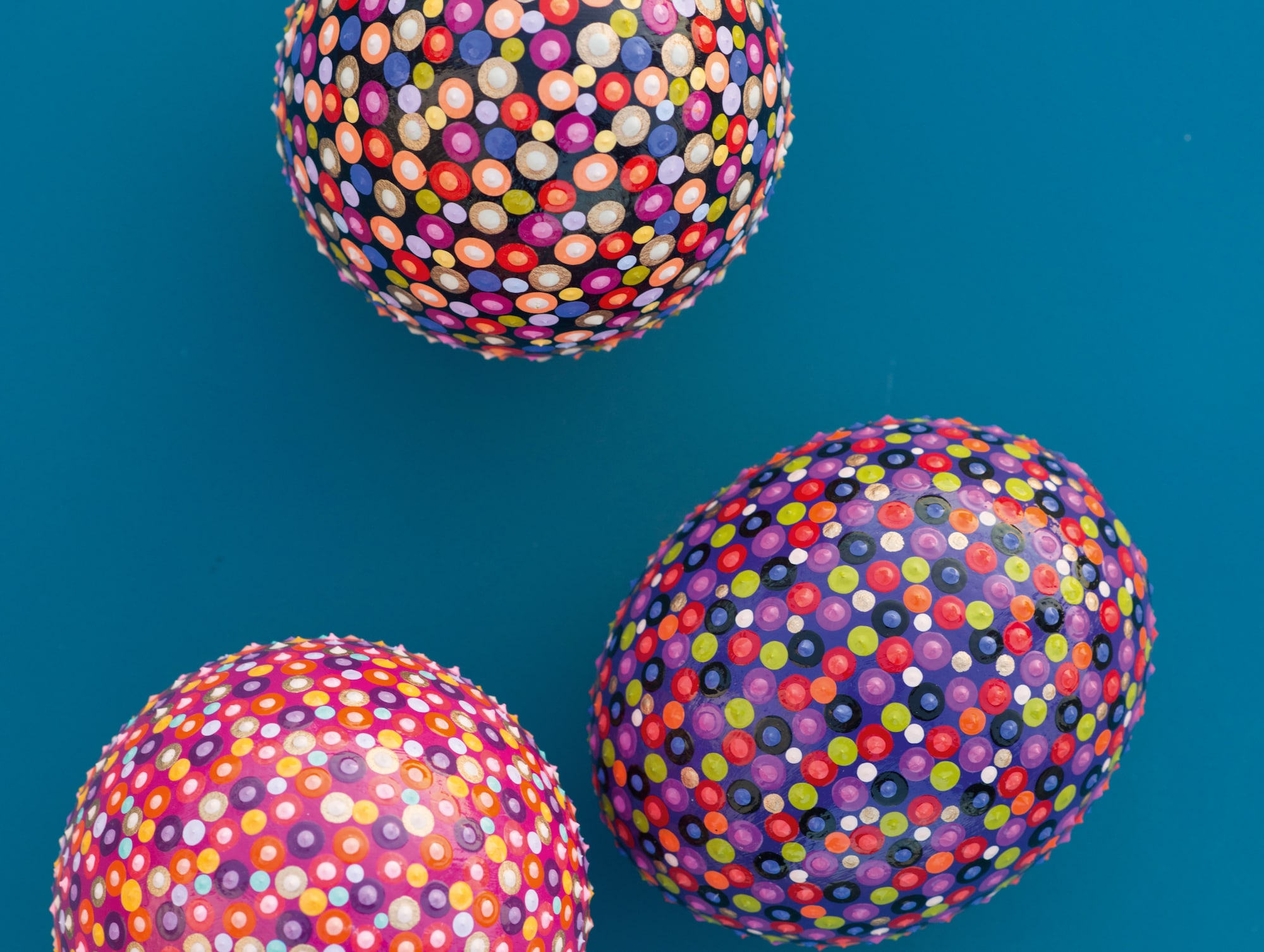
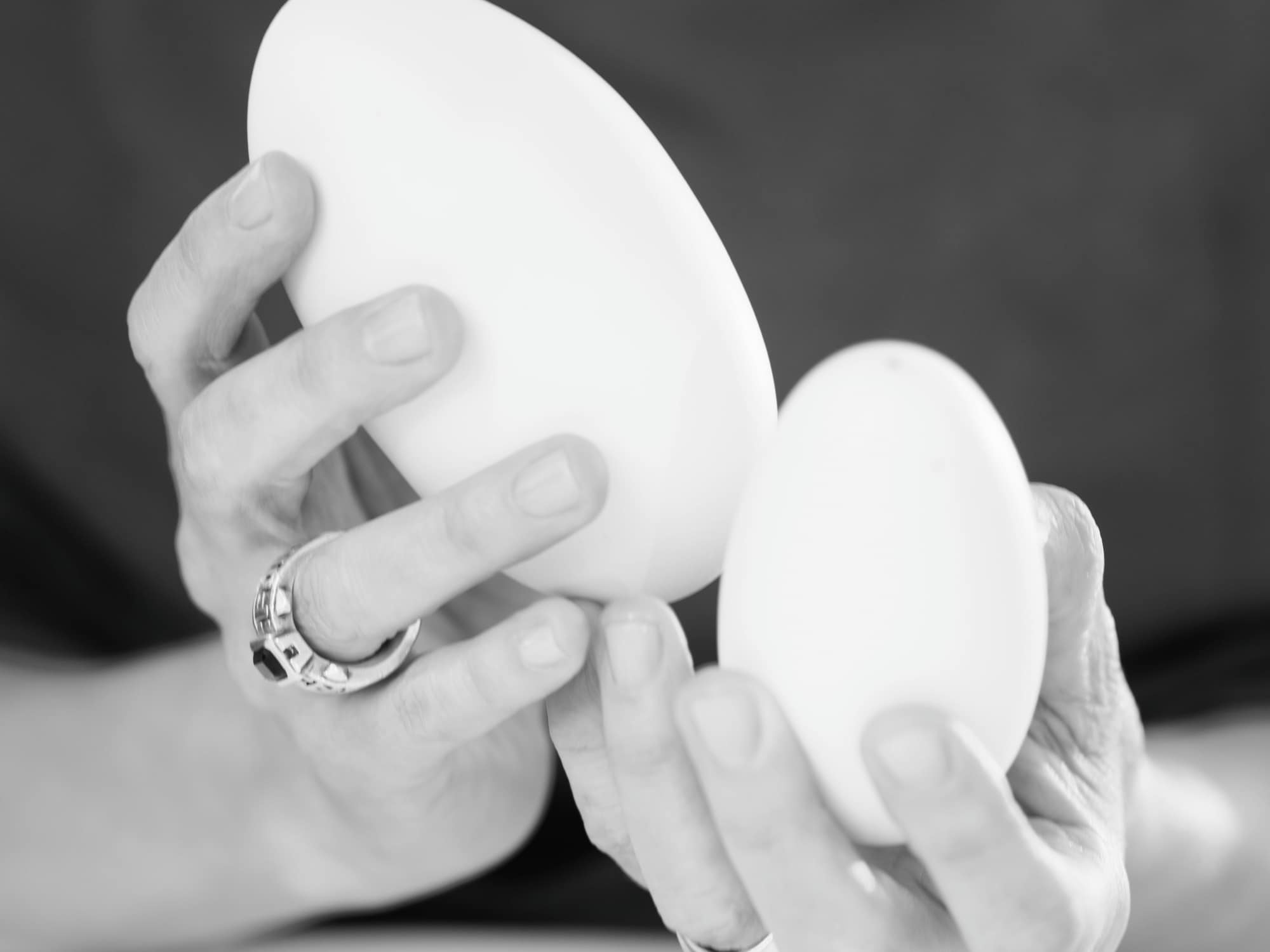
It’s no secret that Anja has a fondness for circles – her works consist solely of dots in different sizes and colours. “Nature, bacteria and fungi, the sky, the universe – everything is dots”, she adds. “For me, it’s about infinity, endless repetition and also about peace.” It may be exciting to constantly receive stronger sensory stimuli than most people, but it can be hard work. “You’re really sensitive – and I don’t mean that in a positive sense. You are aware of absolutely everything”, says Anja. “I find myself looking down, seeing all the chewing gum on the pavement and wondering how many pieces there are. Or I go to the beach in Hamburg and think those red pebbles are really loud. You see this, then that, then something else. It’s like chains that constantly pull you this way and that. I have to find a way to switch off or I get really antsy.”
Order in the chaos
Fortunately Anja finds peace in her painting. She has also created other anchors in her daily life: “I’m forever sorting stuff, moving things around putting them back in a very particular way.” This is mostly a subconscious thing, as Anja tries to explain by means of a recent example: “I had a visitor recently who looked at one of my paintings on the wall and then suddenly pointed at the fruit bowl in front of him and said: ‘The pieces of fruit in the bowl are exactly the same colour and in exactly the same position!’” Anja tries to create order out of the sensory maelstrom, despite the fact that she is somewhat chaotic by nature, as she readily admits: “In all this chaos and confusion, I still manage to create my own my sense of order.” Like a superhero that had to learn how to control her superpowers, Anja can now enjoy her special gifts to the full: “I love investigating things: How does it work? What does it feel like? What does it taste like? I actually spend all my time playing.”

Author: Nico Cramer
Images: © Katharina Werle, © Thordis Rueggeberg
